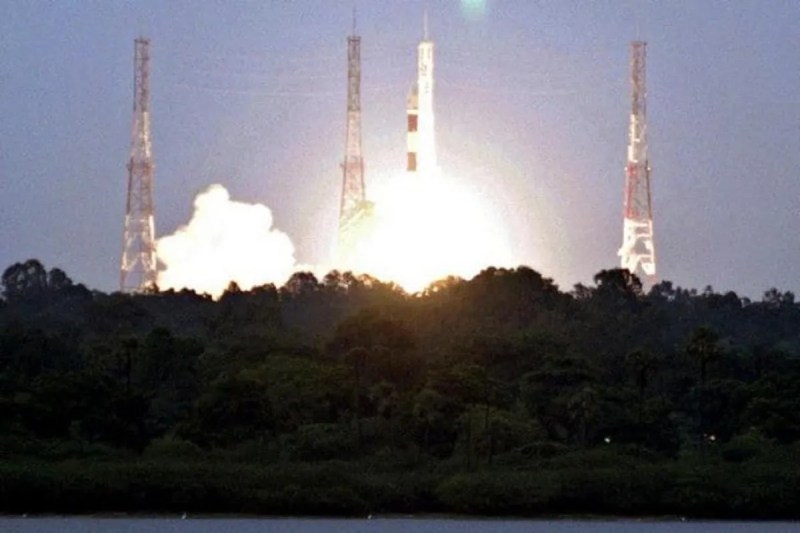
Chandrayaan-2 (Image: Patrika)
India's second lunar mission, Chandrayaan-2, has conducted an in-depth study of the effects of intense solar flares (coronal mass ejections) from the Sun on the Moon's extremely thin atmosphere. Scientists, using Chandrayaan-2's payload, the Chandra Atmospheric Composition Explorer-2 (CHACE-2), have determined that these extremely hot flares emanating from the Sun directly impact the Moon's atmosphere.
The Indian Space Research Organisation (ISRO) stated that the energy from solar explosions has a significant impact on the Moon's exosphere. Due to the intense flares originating from the Sun's highly active region AR 13664 on May 10 last year, the density of neutral atoms and molecules in the Moon's exosphere increased manifold compared to normal levels. Chandrayaan-2 closely studied this rare event as these solar flares struck the lunar surface.
The extremely thin atmosphere surrounding the Moon is called the lunar exosphere, where a significant increase in total pressure was recorded due to the solar storm. Chandrayaan-2's study has confirmed scientific theories that were previously only theoretical. Chandrayaan-2 observed and validated these theories for the first time through direct observation of these events.
The Moon's exosphere is very tenuous. Despite the co-existence of atoms and molecules, interactions between them rarely occur. When intense flares from the Sun reach this region, containing mostly ions of helium and hydrogen, they react with the lunar surface, releasing atoms and molecules (separating molecules and atoms from the surface) which then become part of the exosphere. The Moon's exosphere is highly sensitive to solar activity due to the absence of a global magnetic field.
ISRO said that the event on May 10, 2024, was historic because a large-scale coronal mass ejection occurred from the Sun on that day. This increased solar energy significantly enhanced the rate at which atoms were released from the lunar surface, leading to an increase in gas pressure in the Moon's exosphere. This event serves as evidence for scientists of the profound interaction between the Sun and the Moon. This discovery will be helpful in the design of future lunar missions and human settlement missions.
Published on:
20 Oct 2025 11:57 am
Big News
View AllWorld
Trending

